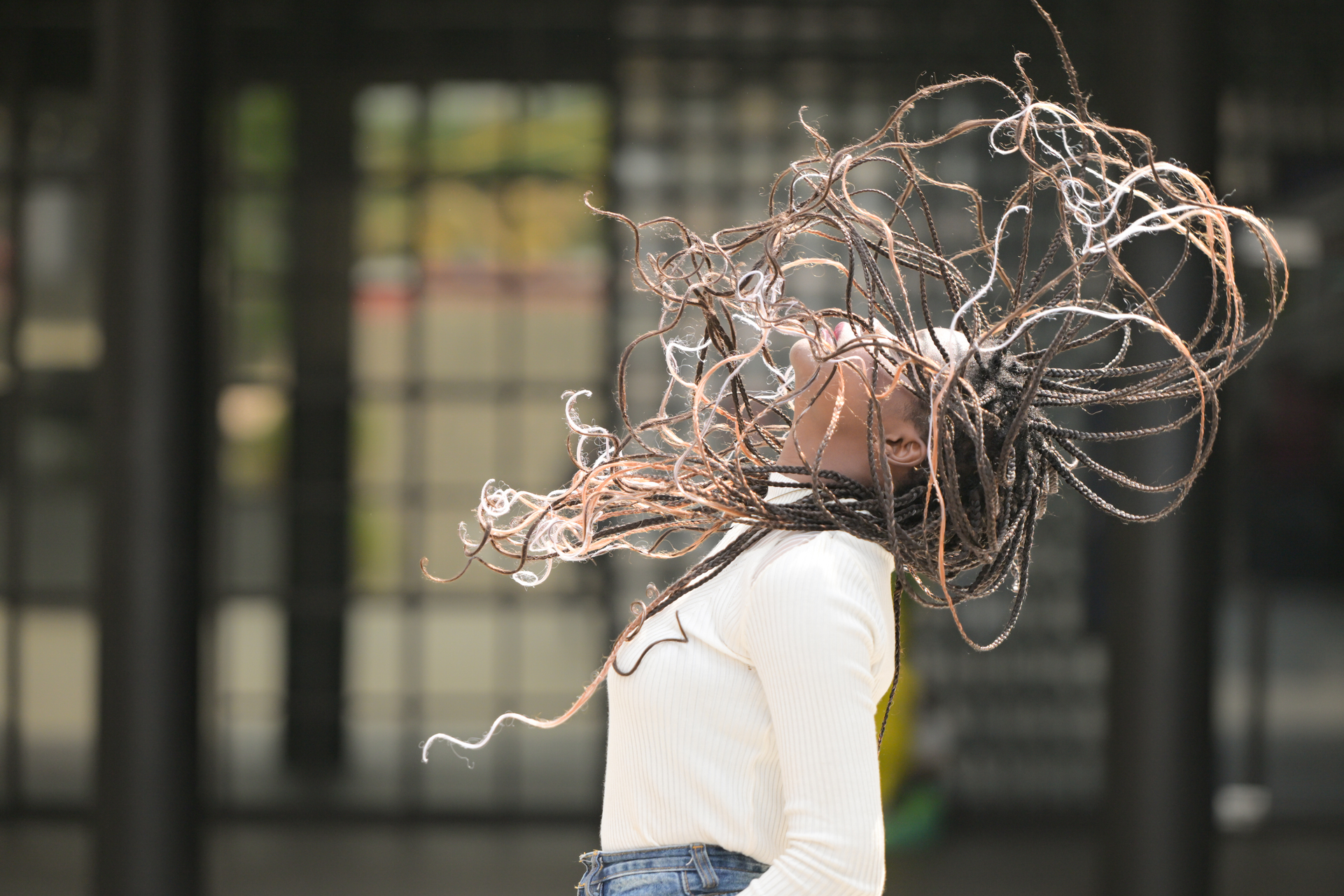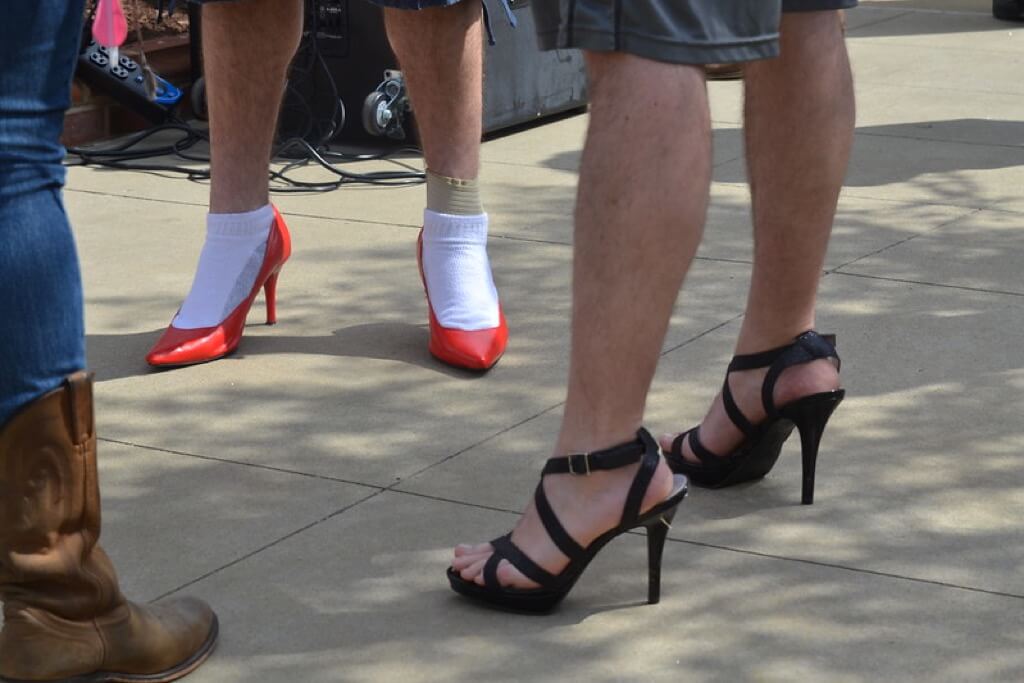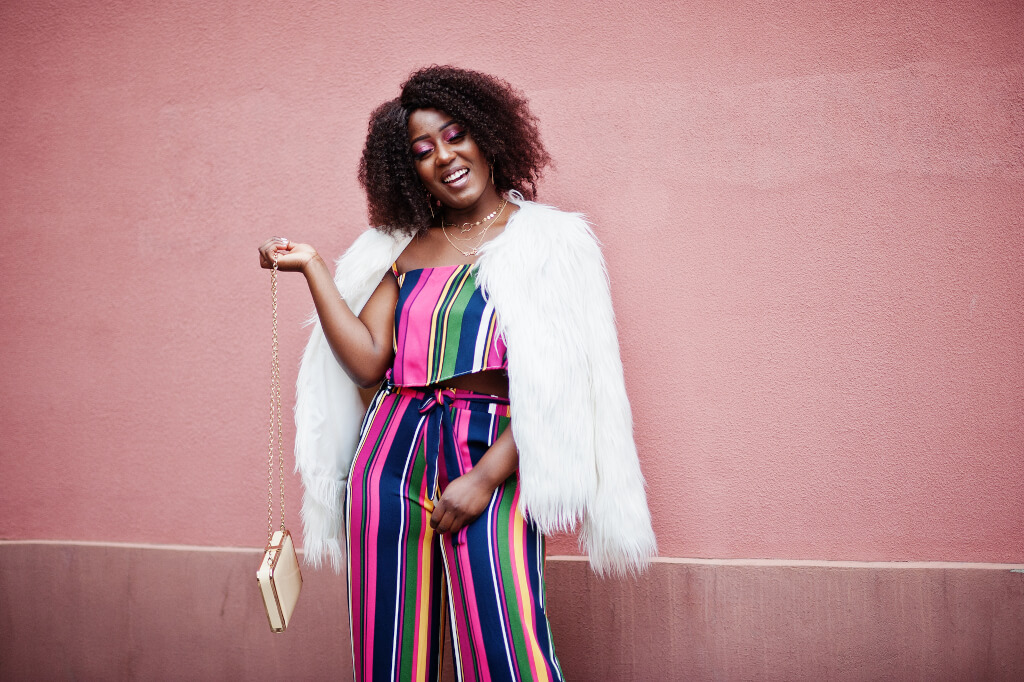There are numerous different reasons why you might be interested in learning how to strengthen your hair. Perhaps you want your hair to have more volume, or perhaps you’ve noticed signs that your hair is becoming damaged. To our good fortune, the most effective strategies and techniques for achieving robust hair are simple to learn and put into practice. What are some of the most prevalent factors that contribute to brittle and broken hair? They can typically be found incorporated into our various styling techniques. But there’s no need to be concerned because we’ve got all the information you need to know to learn how to make your hair stronger.
Is It Possible to Reinforce Weak Hair?
If the health of your hair has been compromised due to coloring, styling, curling, or heat, you may be concerned that your weaker strands will have a difficult time recovering from the damage. The great news is that hair that has already been damaged can be repaired, nourished, and protected with the help of high-quality hair products such as the Intense Hydrate Conditioner which can be found here. You can prevent further damage to your hair and reduce the amount of breakage if you integrate this with soft styling techniques. However, it can also be beneficial to have an understanding of the causes of hair loss.
What Are the Roots of Hair Loss?
Let’s examine in greater detail the framework of our hair strands to gain a better understanding of the factors that contribute to brittle hair. Each strand of healthy hair consists of three layers, which are as follows:
- The medulla is the deepest layer of the hair strand, and it is primarily composed of air. It is also the thinnest layer.
- The pigment that is responsible for giving hair its color is located in the cortex, which is the middle layer of each hair strand. This is additionally the layer of the hair that must be pierced to alter the color of one’s hair using dyes that are considered to be permanent.
The cuticle, in short, Your healthy hair’s cuticle serves as a barrier between it and potential damage on the outside of the strand. This is also the layer of your hair that is subjected to the most damage from different treatments, such as coloring and heat styling. A portion of your hair’s resilience is entirely determined by the genetic lottery you were dealt. However, the vast majority of cases of brittle hair are due to damage to the cuticle, which can be avoided by practicing proper styling techniques.
What Can I Do to Make My Hair Stronger?
Damage was done to the hair by harsh chemicals and high-temperature styling is by far the most frequent source of brittle hair. Since so many of us use our heated styling tools daily, heat styling is frequently the consequence of the most damage. It can, over time, cause serious damage to the cuticle, making it brittle and more prone to breakage. We are not going to ask you to abandon your cherished blow dryer and straightening iron; instead, we are going to motivate you to be careful and clever with your heat styling techniques:
- It is important to exercise caution when working with wet hair because it is more likely to stretch, which can result in changes that cannot be undone to the hair’s structure.
- Always prepare your hair for heat styling by using a heat protectant that is of high quality and lists the temperature at which it is most effective.
- Always use the lowest heat setting possible for your hair when styling with hot tools.
- On days when you can get away with heatless methods, you should forego heat styling.
What Does Strong Hair Look Like?
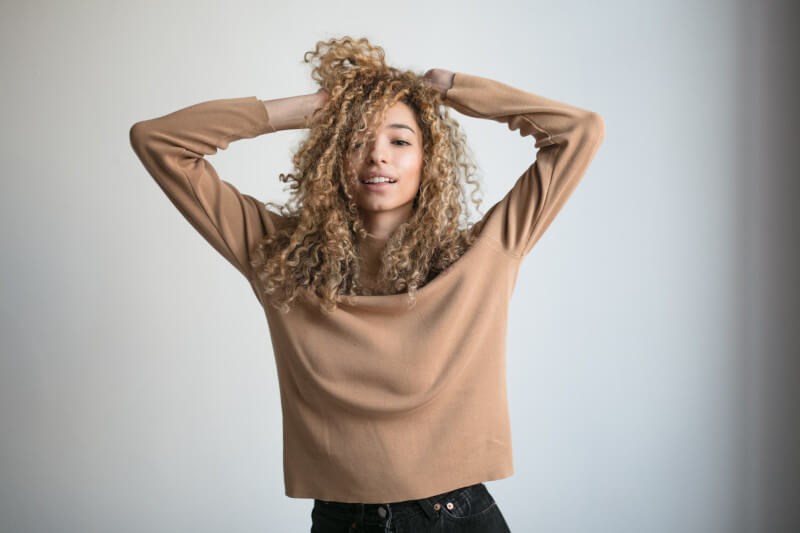
The strands of healthy hair are less likely to split or tangle and have a smoother texture to the touch. Other considerations to take into account are the following:
- Split ends – These ought to be extremely uncommon, if not nonexistent, in healthy ends.
- Light shedding – Since some shedding is to be expected, you shouldn’t be shocked if anywhere between 50 and 100 strands are lost each day.
- Curly Hair – When you have curly hair, it might look like you lose more hair than you do, but this is usually not the case. Curly hair tends to trap shed hairs among the other strands of hair until it is shampooed or combed.
- Shine – Strong hair does not necessarily have to be shiny; this quality is determined by the hair’s natural texture. Regardless of how healthy the hair is, having a hair shaft that is curlier will cause it to have less shine. Rather, individuals who have curly hair should search for a shine that is not as pronounced.
Let’s now take a look at some particular advice for enhancing the strength of each type of hair.
How to Give Your Hair More Body and Volume
Because of the narrow diameter of each strand, fine hair is typically considered to be the most fragile type of hair. The texture of fine hair is typically soft to the touch and lightweight. Those who have fine hair are the ones who are most likely to become aware of the fact that they require additional care to prevent their hair from breaking. However, with the right kind of maintenance, you can bring out the unique features of fine hair and make it strong and shiny at the same time. You can promote the strength of fine hair by following these tips:
- Take special care when washing fine hair, as it tends to become oily or greasy very quickly and requires more frequent washing as a result.
- When you wash your hair multiple times per week, it is essential to select a shampoo that is mild and free of rough cleaning agents such as SLS and SLES.
- It is important to look for cleansers that do not remove far too much oil from the scalp, as doing so can cause excess production of sebum, which is another name for skin oil.
Include Additional Hydration in Your Routine
Many individuals who have fine or thin hair fret about introducing deep conditioners and leave-in conditioners because they believe that these products will weigh down their strands even more. However, even hair that is considered to be fine can experience dryness. It is necessary to add additional moisture to smooth and seal the cuticle. To prevent heavy buildup on the hair, your best bet is to search for treatments that are hydrating and are based on water.
Try Using a Dry Shampoo
If you want to go longer between washes, a good dry shampoo can do miracles for your hair by incorporating volume and expelling oil buildup.
How to Give Your Rough Hair Some Body and Shine
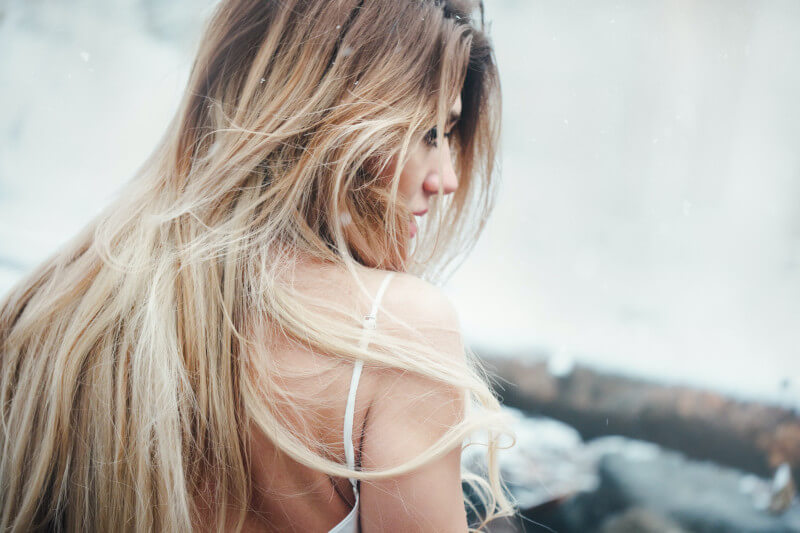
It is possible to have coarse hair regardless of your natural hair texture, whether your hair is straight or curly. Coarse hair is indeed more durable than fine hair, but it’s also more likely to become dry and brittle. Are you unsure whether or not you have coarse hair? Take a single strand in your hands and roll it through the tips of your fingers. It’s a good indicator that your hair is coarse if it’s easy to feel. Here are some pointers to keep in mind to ensure that your coarse strands remain sturdy:
Choose a Shampoo and Conditioner That Will Moisturize Your Hair
The scalp may not be able to produce enough oil to keep up with the demands of coarse hair because it requires so much more. Because of this, you will have to make sure to include some form of hydrating treatment at each stage of your routine. Begin by washing your hair with a shampoo that is formulated specifically for dry hair and does not contain any SLS or SLES.
Use Leave-ins
Because coarse hair is typically more porous, you can apply multiple layers of styling products without having to worry as much about the buildup. Choose leave-in conditioners that do not contain silicone. Silicones make surfaces slippery, but all they do is cover up the damage. They have the potential to form a barrier that, over time, inhibits the hair strand from receiving the hydration and nutrition it needs. Click here to find out more about Health in Point’s leave-in treatment.
Utilize Silk and Satin
If you have coarse hair, it will benefit from being encased in a silk scarf or resting on a satin pillow while you sleep. This will prevent additional damage to your hair that could be caused by turning and tossing in bed.


